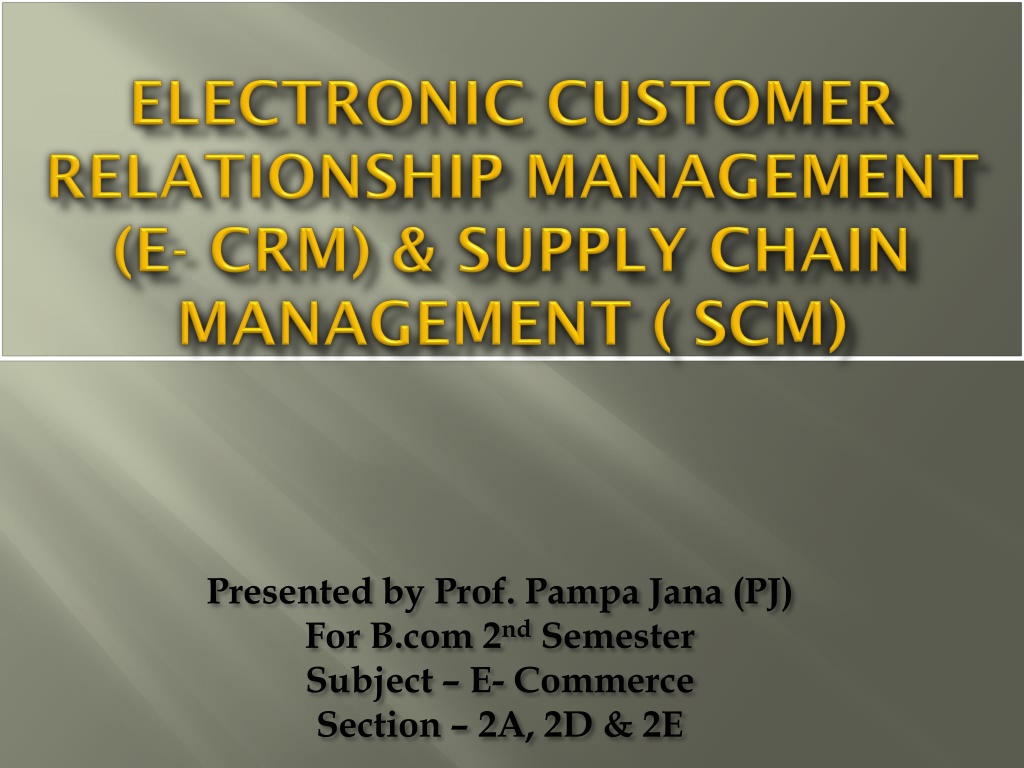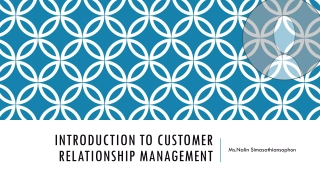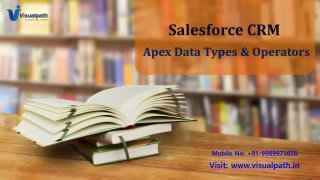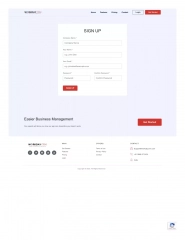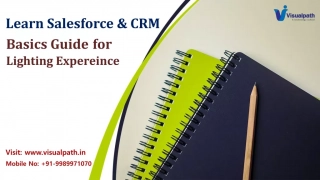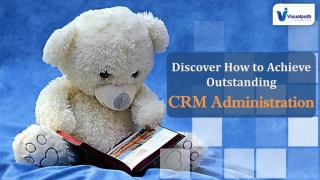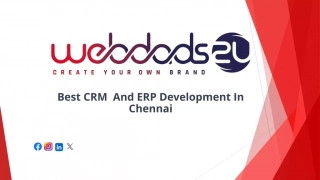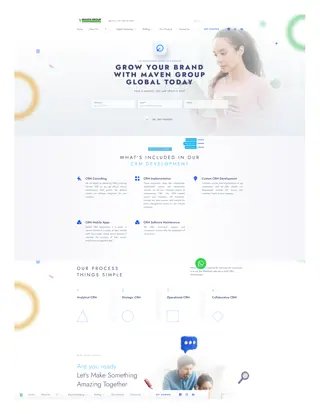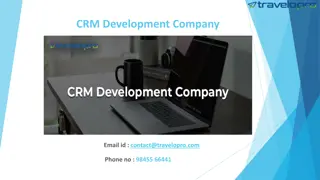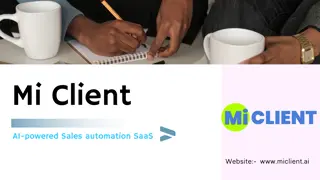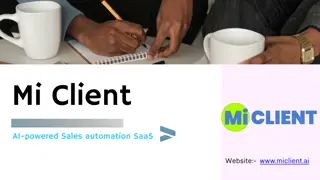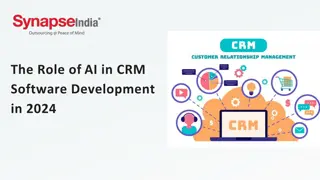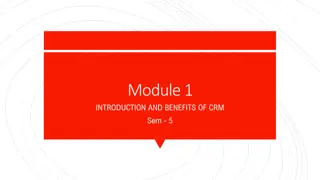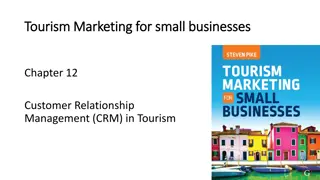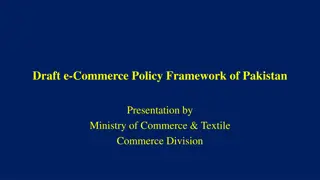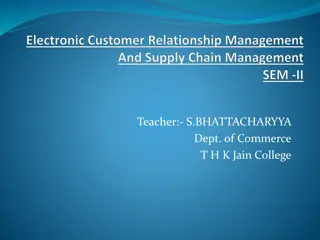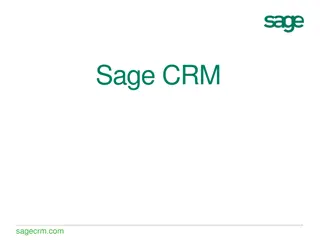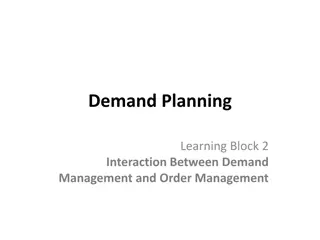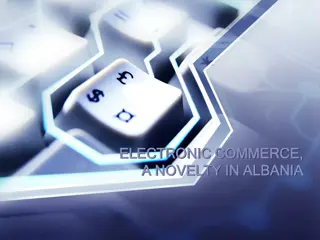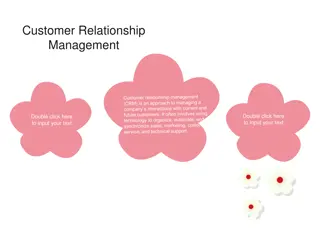Electronic Customer Relationship Management (E-CRM) in E-Commerce
In this presentation by Prof. Pampa Jana, the focus is on E-CRM for organization interaction strategies. E-CRM involves managing online customer relations and building long-term customer relationships through technology. Key aspects include assessing customer actions, integrated databases, automated campaigns, cost reduction, revenue increase, and information risk management. The phases of E-CRM cover customer acquisition, retention, and extension, with tactics to attract, retain, and extend customer relationships. Different types of E-CRM include operational, analytical, and collaborative CRM.
Download Presentation

Please find below an Image/Link to download the presentation.
The content on the website is provided AS IS for your information and personal use only. It may not be sold, licensed, or shared on other websites without obtaining consent from the author. Download presentation by click this link. If you encounter any issues during the download, it is possible that the publisher has removed the file from their server.
E N D
Presentation Transcript
Presented by Prof. Pampa Jana (PJ) For B.com 2ndSemester Subject E- Commerce Section 2A, 2D & 2E
When When an principles, principles, procedures, enhancement enhancement strategy to tothe thestrategy strategyfor an organization organization interacts procedures, policies strategy. . Therefore formanaging managingrelationship interacts with policies rules Therefore Customer relationshipwith with its rules & & guidelines Customer Relationship Relationship Management withexisting existing& &prospective its customers, customers, they guidelines. . It It serves they maintain maintain certain serves as Management (CRM) prospectivecustomers certain protocols, protocols, as the the customer customer (CRM) refers customers. . refers Sales CRM Marketing Feedback Support
Electronic customer Relationship management ( E CRM) is the focused application of technologies & automated customer Relationship management .It can be defined as managing online customer relations, building long term customer relationship, reducing customer service cost by responding to the needs & wants of customer through the Internet. It is not only acquiring customers but also retaining them. So it is more than e commerce. Technology Technology Organizatio n consumer consumer
1. Assessing Customer actions 2. Integrated Database 3.Automted Campaigns 4. Decreasing cost & Increasing revenue 5. Information Risk
Phase Phase I Phase II Phase III Customer Acquisition Customer Retention Customer Extension 1 1. .Customer Customer Acquisition tactics to attract new visions on their website. The visitors to the site are turned into Customers by advertisement support, operating web catalogue, charging minimum fee for services etc. Acquisition :- In the First Phase Companies adopt various strategies & 2. Customer Retention 2. Customer Retention :- Retaining existing customers is the next phase of E- CRM. In the Present day context , leading companies focus on retention of existing customers much more than on attracting new customers. 3.Customewr Extension 3.Customewr Extension :- The third Phase of E- CRM includes activities intended to draw out the length of typical customer relationship , enabling greater revenue. A Simple perspective is that satisfying a customer during one buying experience increases The likelihood of a follow up visit.
E- CRM Collaborative Analytical Operational Operational CRM - Based on customer oriented processes such as selling, marketing & customer service. Analytical CRM - Based on the intelligent mining of the customer data & using it tactically for future strategies Collaborative CRM - Based on application of technology across organization boundaries with a view to optimize the organization & customers
Customer Service Component Sales Force Component Marketing component Sales force component Helps an organization to automate Sales Process. Main purpose of sales Component is to set standard Within organization to acquire New customers & deal with Existing customers Marketing component Is to find out the best Way to offer products & Approach potential customers. Customer service Component enables business to retain customers by providing best quality of service & building strong relationship.
Stage 1 Stage 1- - Product oriented Strategy Product oriented Strategy [Here the focus is given on the products . this strategy is mandatory for start ups.] Stage 2 Stage 2- - Production oriented Strategy Production oriented Strategy [ At this stage the business aims at low priced product. Considering cost drivers , operating costs are to be maintained] Stage 3 Stage 3- - Sale oriented Strategy Sale oriented Strategy [ Here the focus is given on different promotional strategies such as advertising, public relations, etc. to stimulate sales.] Stage 4 Stage 4- - Customer oriented Strategy Customer oriented Strategy [At this stage focus is given on collecting information about the customers for customer enhancement & retention.]
Supply Chain management is the management of the flow of goods & services & includes all processes that transform raw materials into final products. It streamlining of business s activities to maximize customer value & gain a competitive advantage in the marketplace. involves the active side supply-
Delivering products on time Support to the Inventory Management Support to Warehouse Management Maintenance of flow of finance in supply chain. Maintenance of flow of information in supply chain
Responsive Adaptive Intelligent 1. Responsive Supply Chain - A Responsive supply chain is the one that is sensitive to meeting customer requirements. 2. Adaptive Supply Chain- It develops new viewpoints on the SCM goal paradigm, problem semantics & decision making support. 3.Intelligent Supply Chain It connects people with processes & things to enable visibility, communication, planning,, stimulation & execution.
